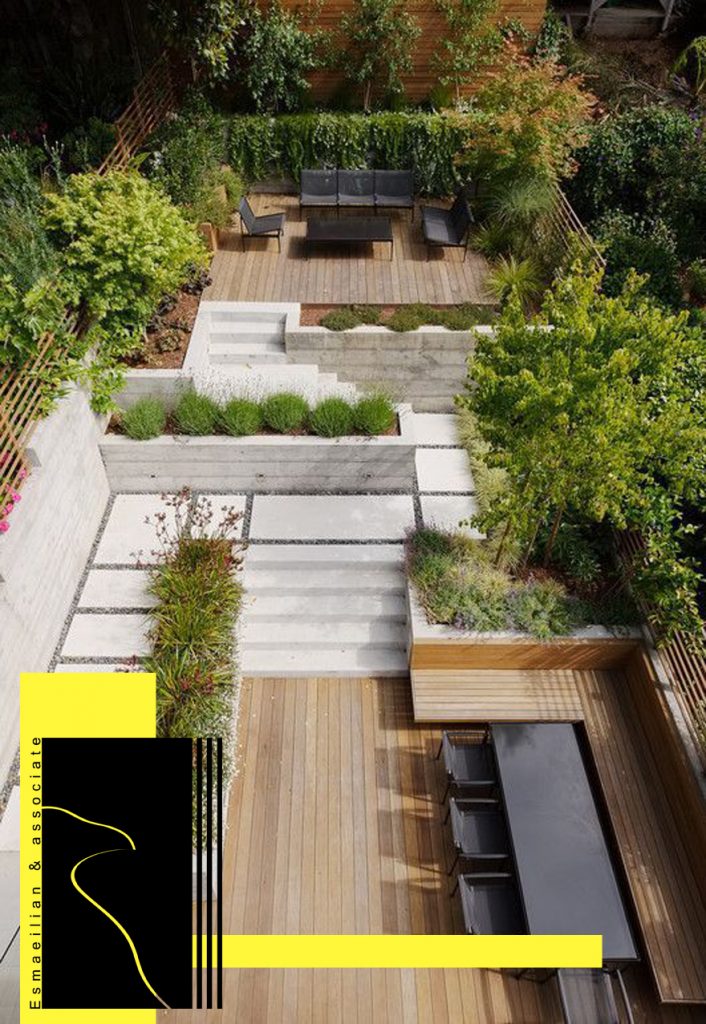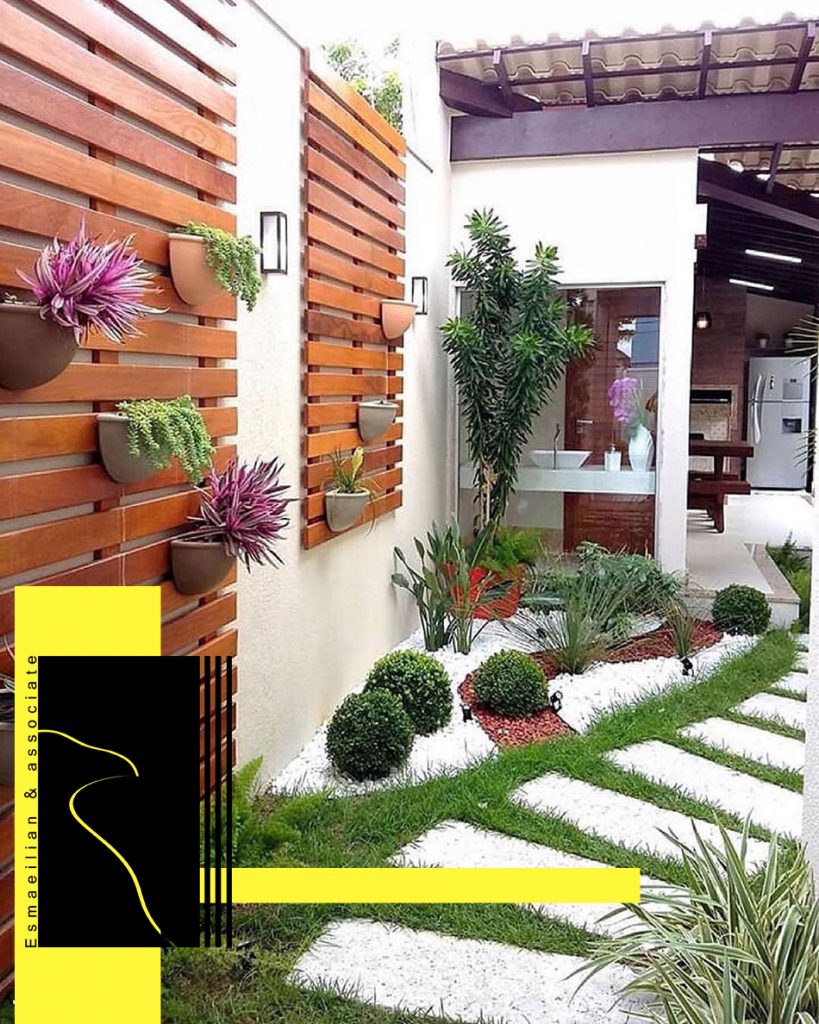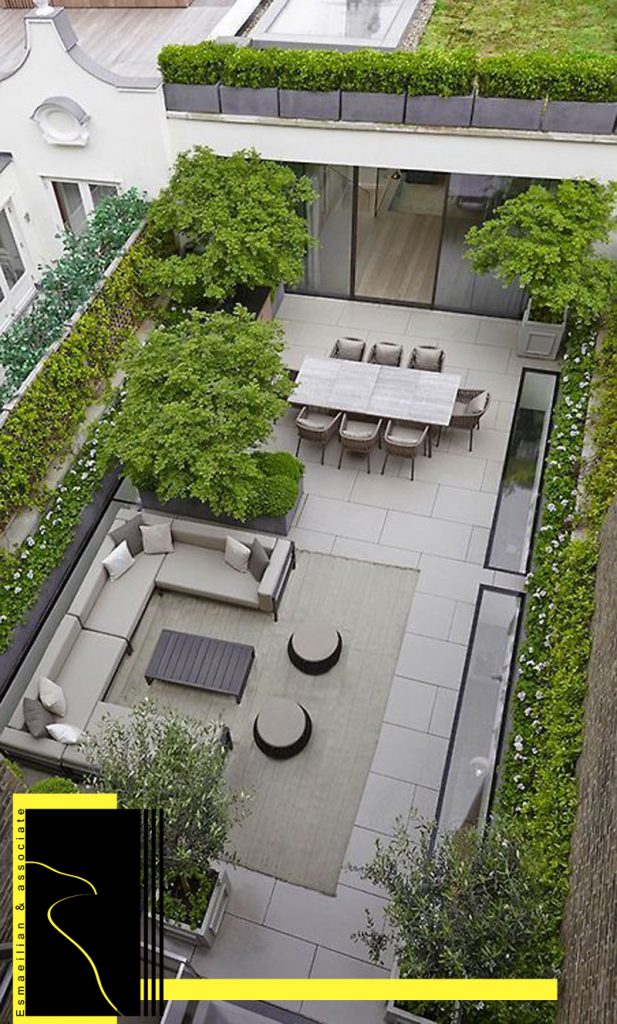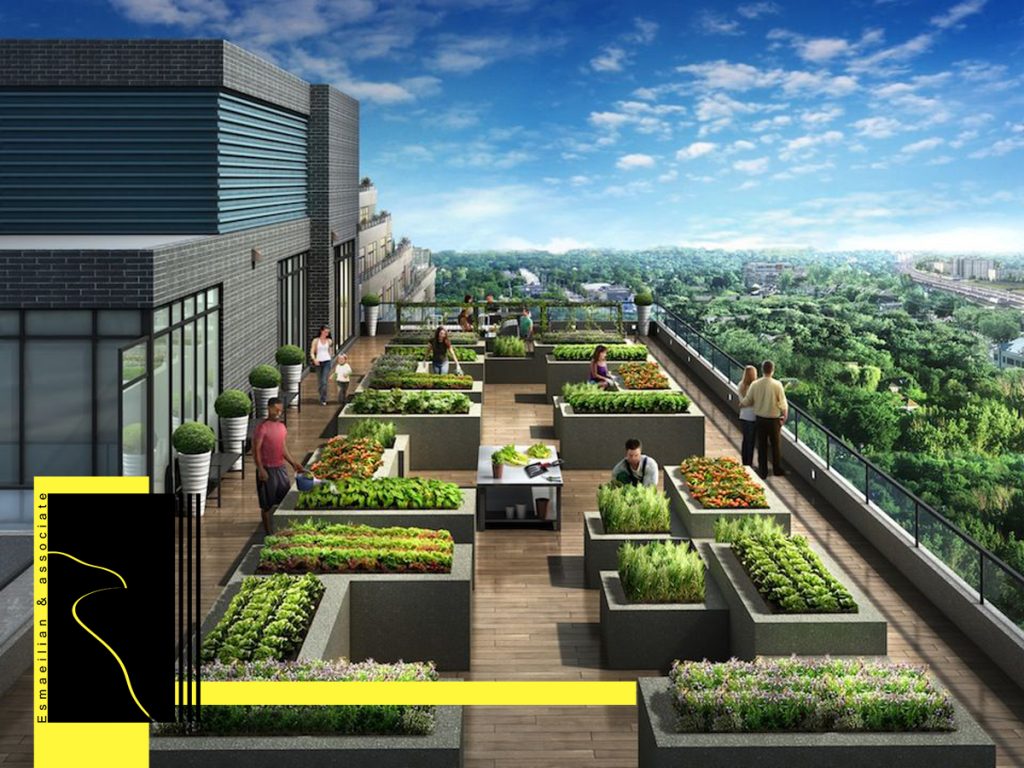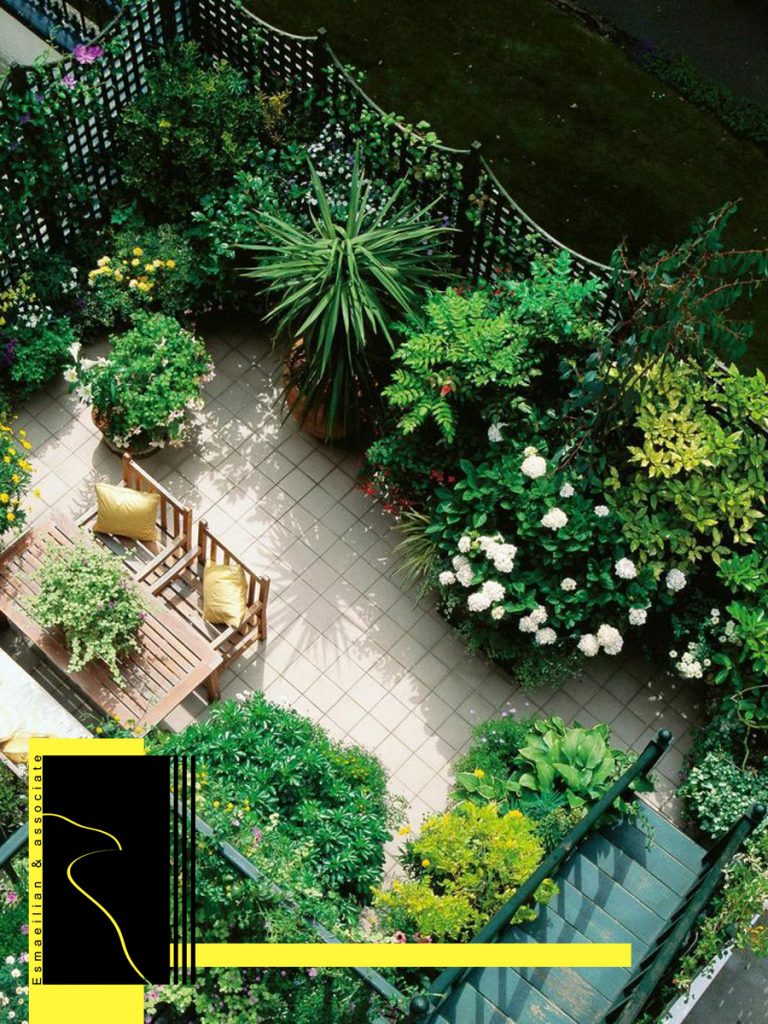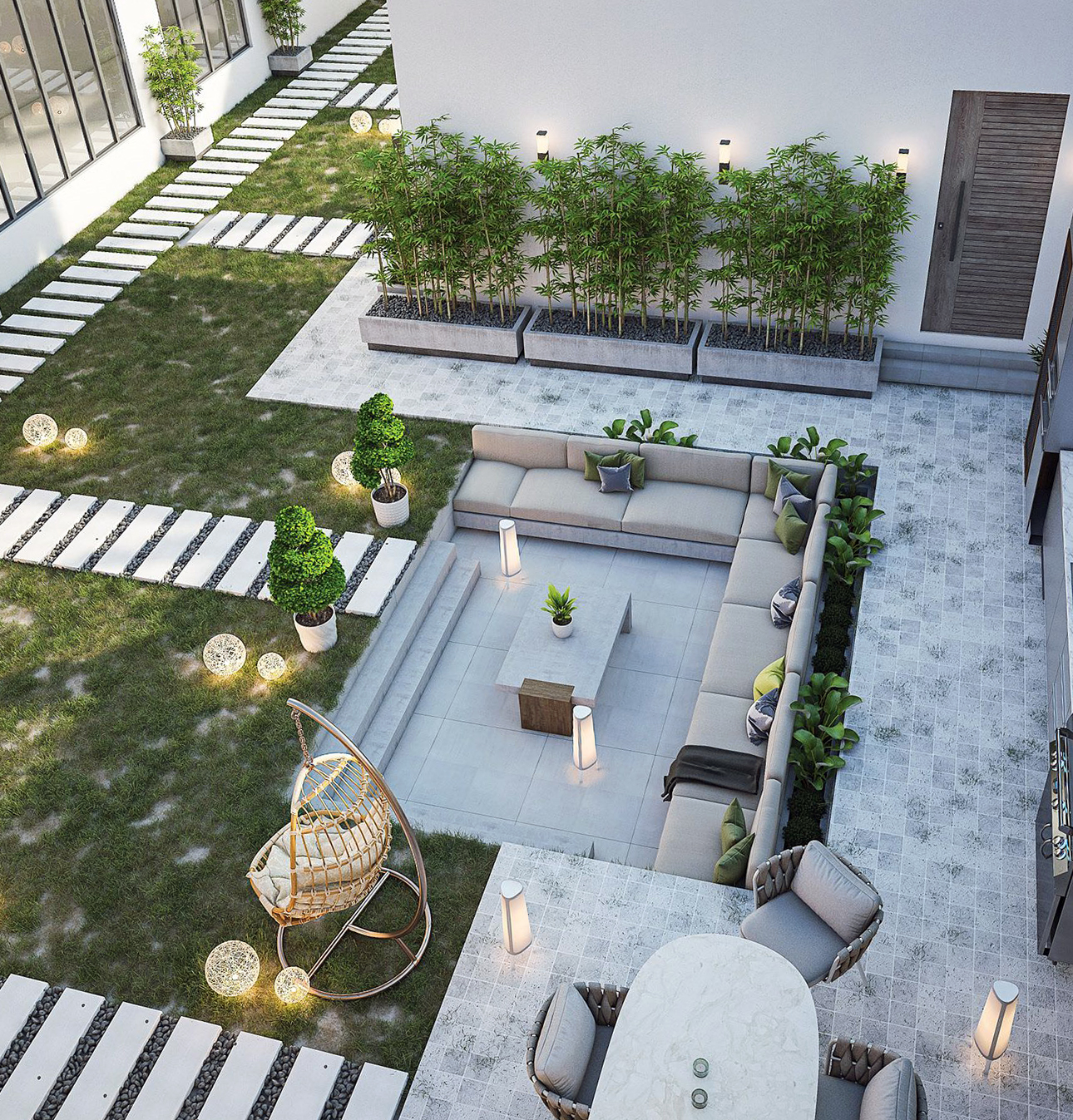
Roof Garden Design Style
Different designs and models can be used to create a roof garden. Five general styles are used to design a roof garden, which include wide style, concentrated compact style, semi-concentrated style, plant or modular box, and a combination. Each of these styles is selected according to the type of building and the amount of pressure it can withstand.
Extensive style:
This style is mostly used for cases where its creators prefer to use it for aesthetic and environmental purposes rather than as an outdoor space. To build a roof garden in this style, it is necessary to consider about 100 to 150 mm for that bed depth. Extensive style is simpler compared to other styles and requires easier installation and maintenance and also requires far less maintenance. The vegetation used in this style is usually plants that have already been planted elsewhere and you only need to carry them to the desired location and they are more than all kinds of fungi and weeds. The installation cost of this type of style is cheaper than other styles.
Concentrated compact style:
This style, unlike the wide style, can be used as an outdoor space. The bed depth of this style is 120 to 200 mm, which is more depth than the wide style. Due to the appropriate depth of this type of style, different types of plants, trees and shrubs can be used. This type of style is suitable for buildings that have stronger and stronger roofs because the vegetation and other elements that are placed on it have a lot of weight, so the roof of the building should be strong and withstand high pressure. Be. The installation cost of this type of style is much higher compared to the wide style. This type of style also requires more irrigation and maintenance.
Intensive semi-concentrated style:
The semi-centralized green roof system is located between the extensive and centralized system. These roofs have drainage layers, deeper soil and plants, and more diverse plant species than the wide roof. The maximum depth of the layers is 12-25 cm and its weight is approximately between 120-200 kg per square meter. More maintenance, higher cost and more weight are the characteristics of this type compared to the wide green roof and provide more possibilities in terms of vegetation: various grasses, perennial grasses and shrubs such as lavender can be planted.
Planter box style (modular) planter box:
This style, unlike other existing styles that occupied a continuous area, in this type of style we see that the green space has a discontinuous area so that the plants with their pots are placed in the roof space. The pots mentioned here are mostly box and cube.
This style is suitable for new and conventional buildings that are mostly built in metropolitan areas. As the name implies, the plants are planted in boxes on the roof. The possibility of implementing various designs and making changes in time periods and portability is one of its advantages.
Synthetic combination style:
This type of style includes a combination of wide and compact style features. It also has the advantages of both types of styles and also has more load capacity. This type of roof garden has more capacity. In the combined roof garden design, it is possible to plant grass and a variety of shrubs. A noteworthy point in the construction of a combined roof garden is to pay attention to the amount of weight created by planting plants during the construction of the structure.
related


